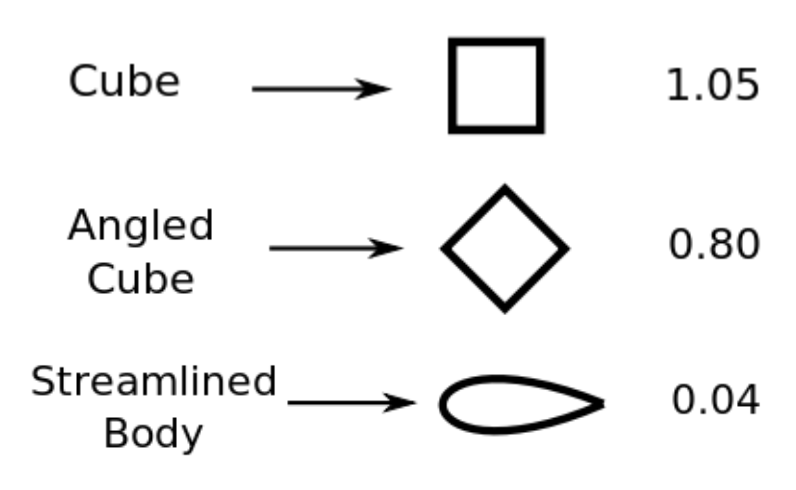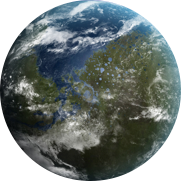Your mission is to land a rocket safely and vertically.
You must decide at what altitude should your motor restart?
How long should the motor run for?
How much thrust should it give?
You can carry out your mission on the moon,
Earth, Venus or on Mars.
Good luck!
Continue

Will It Land?
Help text/photos/educational material goes here.
Continue.
Our home earth is the 3rd planet from the sun and is home to all current
known life. It has a fairly thick atmosphere made up of predominantly Nitrogen
and Oxygen.
Pressure 1013.25 millibars
Gravity 9.81 m/s²
Diameter 12,742 km
This is our nearest planet and is the 4th planet from the sun it has an
atmosphere that is much thinner than earth and it is made up predominately
of Carbon Dioxide and Nitrogen.
Pressure 6.0 mbar
Gravity 3.71 m/s²
Diameter 6,779 km
Venus is the 2nd planet from the sun it has a very thick atmosphere which is
around 4 times the density of the atmosphere on Earth it is composed mainly
of Carbon Dioxide. With an average surface temperature of 462 degrees
Celsius it is considered very inhospitable to life.
Pressure 92 000 mbar
Gravity 8.87 m/s²
Diameter 12,104 km
The dream of some scientists is to terraform Mars so that it is suitable
for humans in such a way that we would not need to wear a space suit and
only a gas mask. One day Mars may be suitable for general humans if its
atmosphere is heavily modified.
Pressure 190 millibars
Gravity 3.71 m/s²
Diameter 6,779 km
67P/Churyumov–Gerasimenko is a Jupiter-family comet that became famous last year,
when the Rosetta probe approached it and landed the Philae probe on its surface.
The informations that we are receiving from Rosetta are revolutioning our knowledge
on comets.
Pressure Almost Zero
Gravity 0.001 m/s²
Diameters from 4.1 km to 2.8 km
This is a calculation that is done to work out the amount of drag an object
experiences when moving through a fluid environment in this context that can
mean water or air but for us its the effect that this has on its atmospheric
conditions that’s important.
We have listed some examples below showing the shape and its numeric drag coefficient you can
see what a large difference the shape of it makes!








